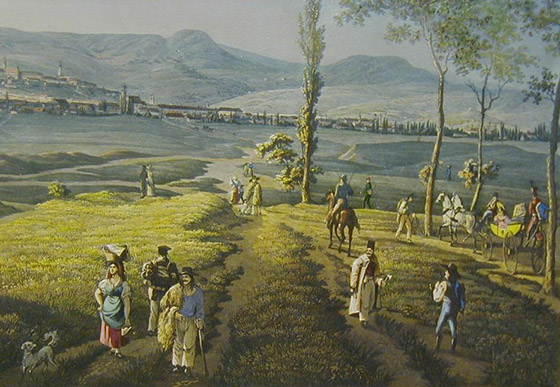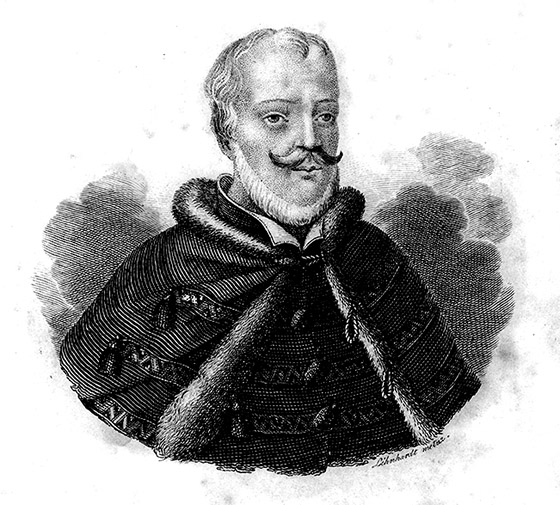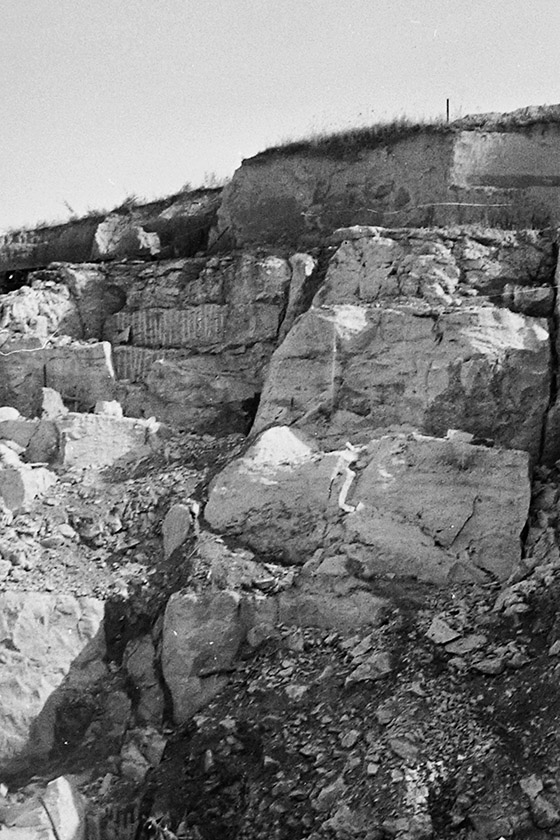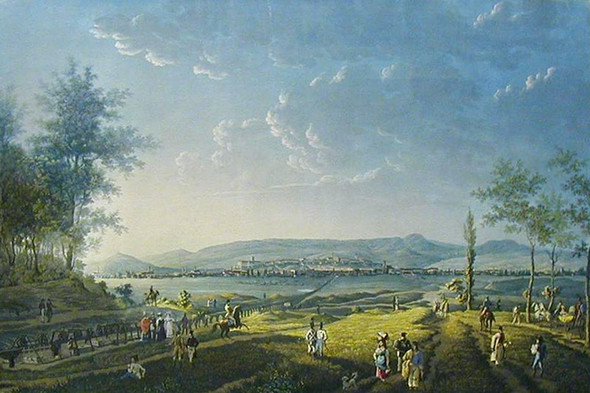We don’t know what came to your minds when you read the above title but what we are going to talk about has amazed us too from time to time. It may not seem to be an outstanding achievement to visit a field-guard’s house or to enjoy the view of a chapel on an old vineyard or maybe to take a picture of a press house. But this time it was all different: we went to Budapest District 10, Kőbánya and had a real trip recalling the past on bygone vineyards.
Location
The area that we are going to describe is composed of two hillocks that are now hard to delimit. One of them is the one-time Ó-hegy encircled by Kőrösi Csoma Sándor road, Jászberényi road, Maglódi road, Sibrik Miklós road, Gyömrői road and Vaspálya street. Today we still have such street names here as Vörösdinka street, Kéknyelű street, Szőlőhegy (Vineyard) street or even Óhegy Park. The other vineyard, the former Új-hegy is still harder to delimit, however if we take Sibrik Miklós road as a boundary between the two vineyards, then its borders are marked by Maglódi road, Felsőcsatári road, Hangár road and Gyömrői road. Here Szőlővirág (grape flower) street, Szőlőtelep (grape plantation) street and Újhegyi road refer to the distant past.
To make the story comprehensible, we should dig a little deep into the history of the district or rather region.

History
Our forefathers used to hold their legislative assemblies, and often the musters too, on Rákos-mező, which used to be much bigger than as we know it today and contrary to the situation today, it had not one but two watercourses. On the occasion of a muster, for practical reasons the cavalry was situated on the hills between the two watercourses. This way water could be provided to horses on all sides. Apart from Ó- and Újhegy, there were no other hillocks on the old-time Rákos-mező and that lead the historians to conclude that this land used to be the place where legislative meetings of the parliament were once held. Just as a curiosity, among others we should mention that in 1308 Charles Robert was certainly elected king here, then in 1446 John Hunyadi became governor of Hungary here. In 1514 György Dózsa departed from here with his army against Pest and some twelve years later this was also the venue of the Hungarian gentry to denounce the so-far idolized Werbőczy as traitor.

And last, in his proclamation to the Hungarian nation, Napoléon writes the following:
“Gather on the Field of Rákos, hold a true National Assembly there as was the custom of your forefathers….”
Kőbánya was named after the long-established large stone mines on this area. The limestone hills emerged from the surrounding plains in an isolated manner, their highest point was the peak of Ó-hegy with its 148 m height. Limestone had been excavated here even before the Mongol Invasion of Europe. Later, in the second half of the 17th century, the temple of the Reformed Church in Kecskemét was built from the stones excavated here. A large portion of the buildings in Pest (according to cautious estimates minimum half of its buildings) was also built from Kőbánya limestone (e.g. the Academy of Sciences, the Basilica, the university library, the lions of the Chain Bridge, the palaces on Andrássy út).

Since the stones were easy to cut, its excavation did not go by the traditional methods. It was not an open excavation site, but wide and deep tunnels were cut in the rock. Mining provided double benefits. On the one hand excavated stones were sold and, on the other hand, the excavated tunnels could be used as cellars. These valuable and first-rate cellars attracted first the wine merchants to Kőbánya...
You can read more about Kőbánya in the second part of this article.






